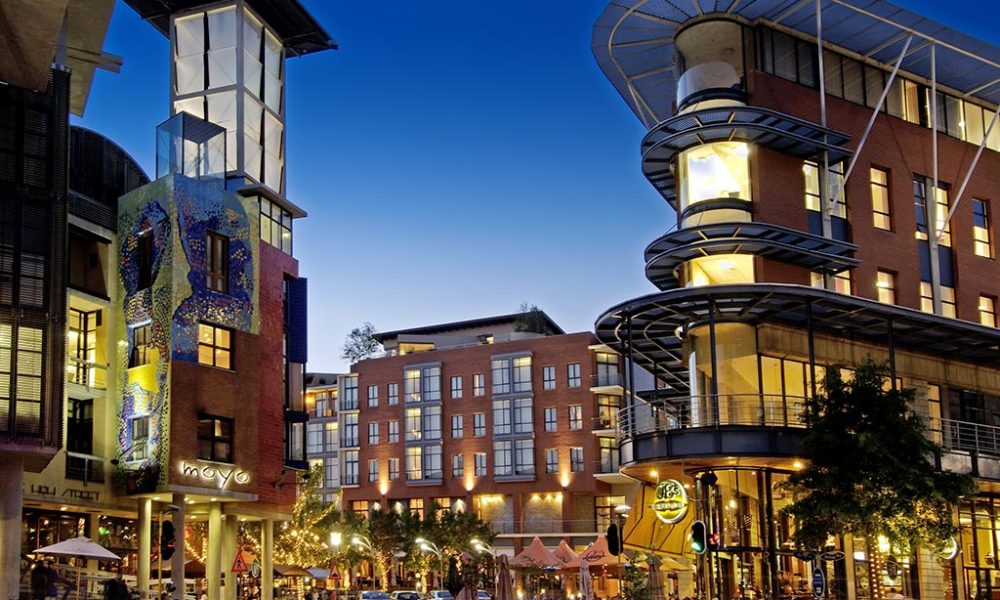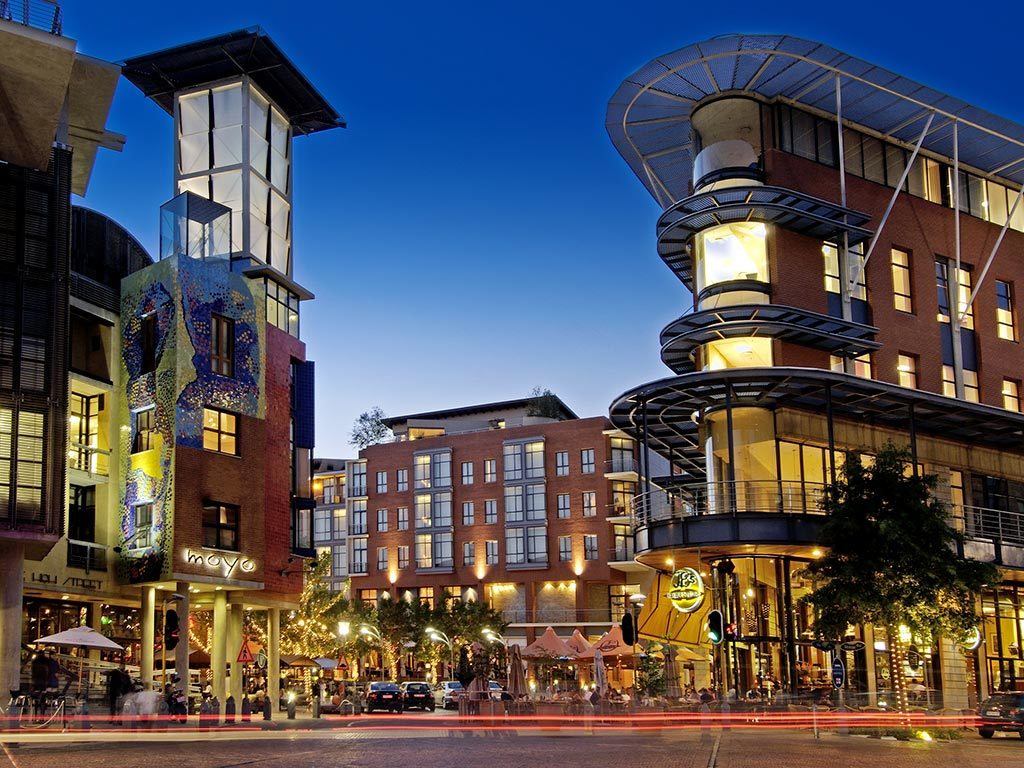Muggings, petty theft, smash and grabs, home invasions – these are terms South Africans hear almost daily, whether in the news, neighbourhood chat groups or directly within their social circles.
It’s understandable that questions about safety and security are top of mind when it comes to purchasing property. People want to feel safe – to make “it won’t happen to me” a much more likely truth.
With crime statistics being a regular talking point among South Africans, more and more property buyers are prioritising security features in their hunt for their dream home or investment purchase.
Beyond the average alarm panel, electric fence, and panic buttons, new developments are embracing technology for additional modern security features.
Mixed-use precincts such as Canary Wharf in London, Darling Harbour in Sydney, and Battersea Power Station in London – and closer to home, Melrose Arch in Johannesburg – are morphing into “smart cities”, and taking new urbanism to the next level.
Features such as license plate recognition, analytical video software, smart panels, control rooms, and 24-hour on-demand call centers for security, medical assistance and a range of other emergencies, are becoming the norm in modern developments. This is in addition to security teams on the ground monitoring the comings and goings of the area.
“I think the safety and security is the most fundamentally important feature of these kinds of developments,” says Nicholas Stopforth, managing director of Amdec Property Development, and a former resident of Melrose Arch.
“When I first moved to Johannesburg, I lived outside of Melrose Arch and travelled to work every day. I later bought an apartment and moved into the precinct. I never really felt safe living in Johannesburg, having moved from Cape Town. But all those concerns were 100% allayed when I lived within the development. It’s a totally relaxed environment – there’s just no stress at all about security.”
Stopforth notes that many millennials are opting for this kind of inner-city living, choosing apartment living with a variety of mod cons and pedestrian access to everything they need within a relatively small area, over free standing homes in the suburbs.
“For millennial buyers, and renters, less is more. Everything needs to be highly functional, practical, easy to use, and take up as little space in their lives as possible. Most importantly, however, safety is their top concern when purchasing or renting a property,” Stopforth adds.
Peet Strauss, Sales manager of the Melrose Arch branch of Pam Golding Properties also lives, works, and owns a number of investment properties in the precinct, and says that many people are investing in the area, including young renters and international businesspeople.
“The biggest attraction is the security – you even feel safe if you don’t lock the front door. You can also walk to wherever you want to in an enclosed and secure environment. You can walk home late at night from a restaurant and feel completely safe,” says Strauss.
More than security features, however, smart cities also boast electric car charging stations, fibre to the home, waste recycling, water-saving facilities and rainwater harvesting, centralised air conditioning, and low-energy LED lighting as well as all of the typical features of new urban areas such as green outdoor areas, restaurants, coffee shops, bars, gyms, commercial office space and convenience retail and lifestyle outlets.
All of these features will be incorporated into the Amdec Group’s newest projects, the soon-to-be-built Harbour Arch in Cape Town and the One on Whiteley development – currently under development – within the Melrose Arch precinct.
“The other thing that is beyond beneficial about mixed-use living is the convenience of day-to-day living. I have made the “live, work, and play” mantra 100% my lifestyle,” Stopforth says.
“Essentially, it’s a lifestyle that offers safety, security, convenience, and ultimately, freedom.”


